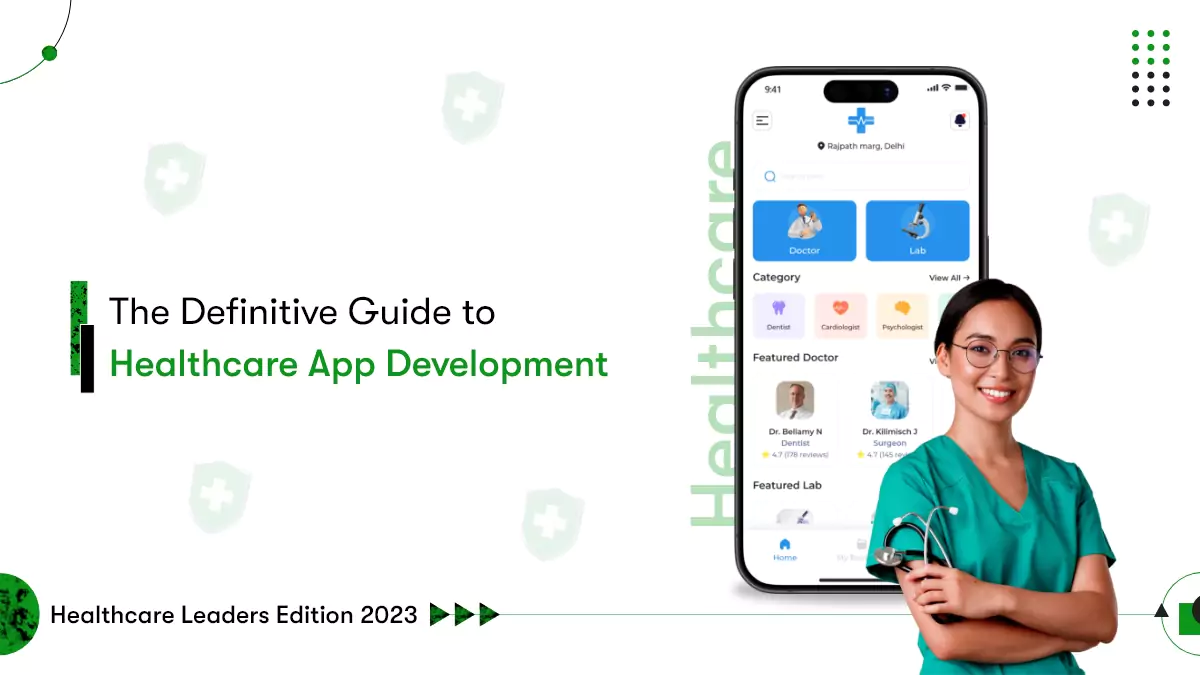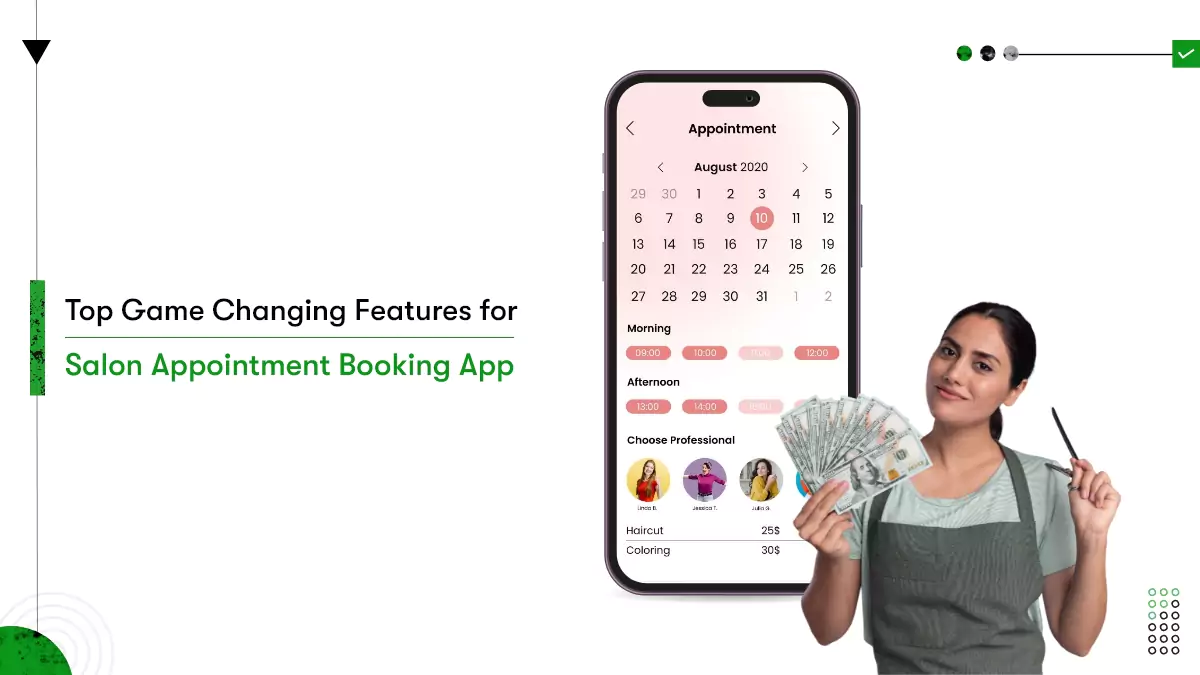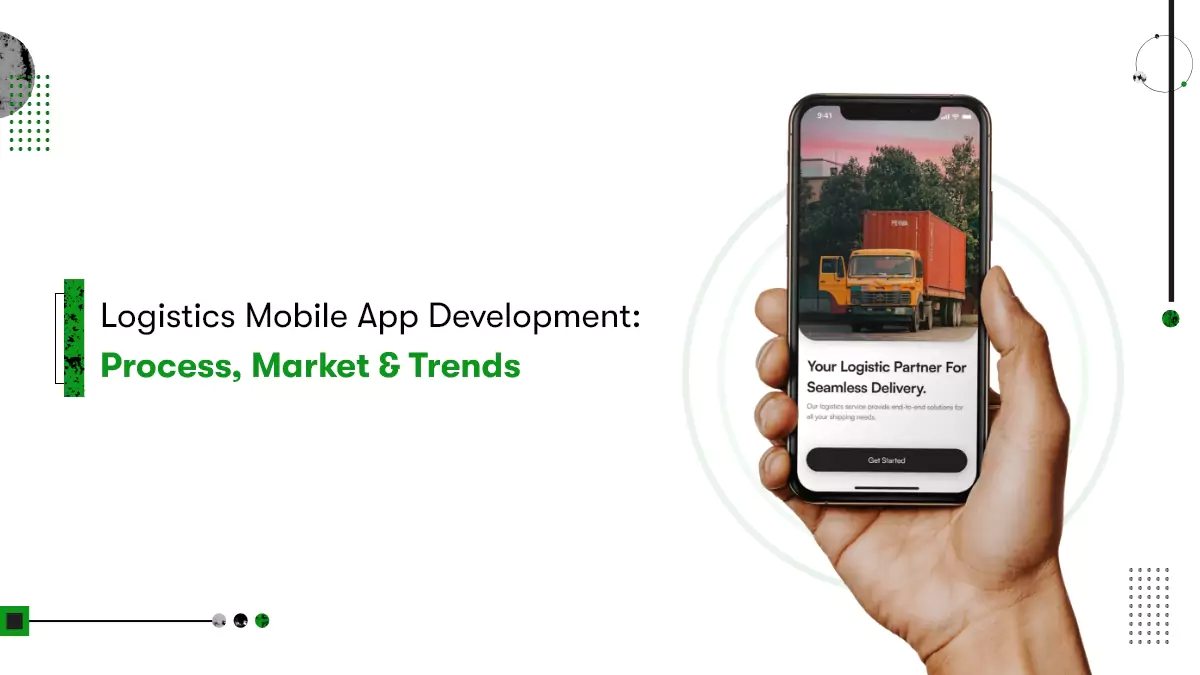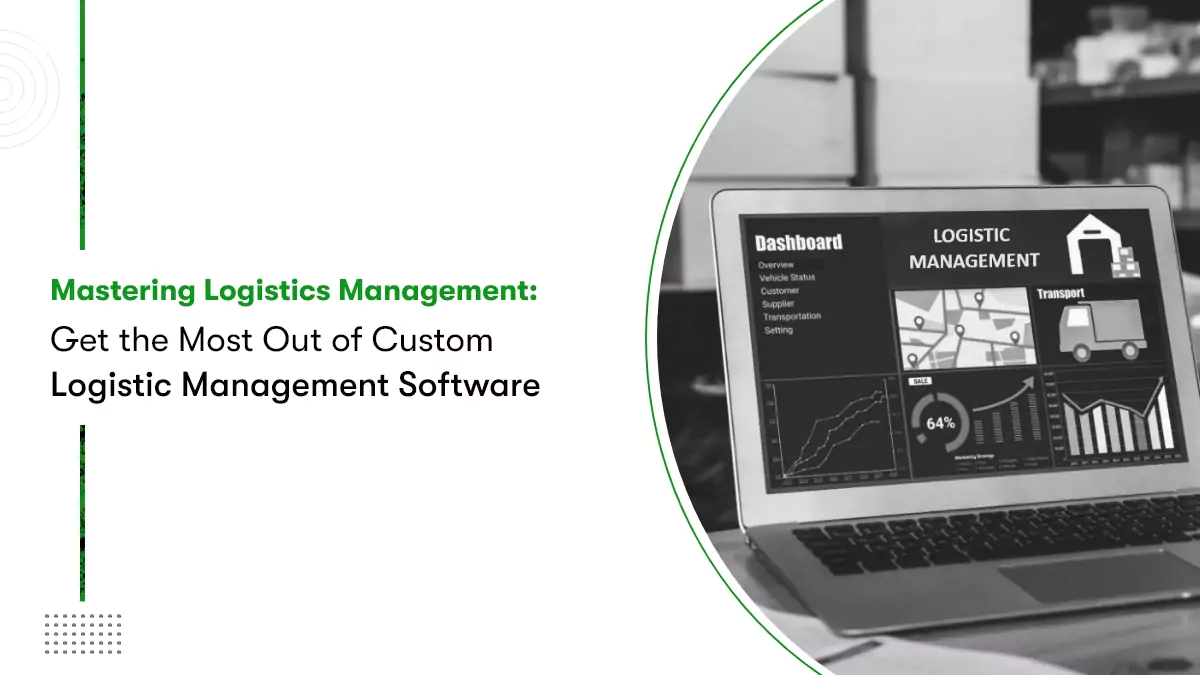Let your customers stay home and shop online on your mobile app rather than wasting time looking for a parking spot.
It’s the era when you can be closest to your customers with shopping mobile app development for your retail fashion business. After all, mobile devices have become an integral part of our lives. On the other hand, shopping is a reason for the happiness of many. Shopping apps are a new mainstream for customers to access all their favorite lifestyle brands in one place without moving an inch.
On that note, creating an online shopping app empowers a retail business to serve its customers with utmost convenience. Namshi, Alibaba, Amazon, Shein, and many retail and eCommerce ventures have grown their business to Brands. Such online shopping apps feature thousands of products of hundreds of global brands. They provide more options to customers with flexible policies and sell more.
The secret sauce of such fashion magnates is technology. With technology evolution, eCommerce brands have kept innovating their apps. For example, by integrating machine learning, brands provide customers with personalized experiences. They show them what they want and lure them to hit “buy now.”
So, if they can, why can’t you?
Wait, we might know why you are still holding it back. You probably worry about starting, what features to add, and how much mobile app development costs. So, leave everything to us. Let us guide you through the shopping mobile app development cost & features. But first, we want you to know about the fantastic shopping app Namshi to draw inspiration for your business.
Dubai-based eCommerce brand Namshi was started in 2011. Namshi, which means moving forward, is the foremost fashion brand in the Middle East. It has customers scattered throughout the GCC, including Saudi Arabia, Kuwait, Oman, Bahrain, the U.A.E., Qatar, and Iraq. It curates a vast product mix for fashionistas from exclusive in-house, sports, and activewear to internationally recognized brands.
It features more than 130,000 fashion & beauty products from over 1300 brands for men, women, and kids. Its digital innovation with lifestyle products and brands inspires its customers to experiment with and custom their style.
According to Arab News, Namshi saw sales increase 28 percent to AED1.316 billion, while its parent company Emaar Malls, reported a 24.8 percent fall in revenues for 2020 to AED3.51 billion, over the same period.
The success of Namshi is genuinely inspiring for other fashion retailers. However, it isn’t an overnight success. Over a decade, they have continued to know customers and improve their services.
- Namshi offers same-day delivery in the U.A.E and next-day delivery across GCC.
- To overcome online payment insecurities, it accepts cash on delivery.
- Namshi also offers free exchange/return within 14 days of delivery so people can shop hassle-free.
- They use digital technology and social media to raise awareness for their brand and the safety of ordering.
- The best thing, they are creating a community of fashion fans across social media platforms.
There is much to say about Namshi. But we hang up here and move towards how you can develop a shopping app like namshi.
Put Down Features to Develop A Shopping App Like Namshi
-
Home page:
Online shopping apps or websites have a homepage that gives a snapshot of deals of the day, new arrivals, featured items, and other catchy deals to convert the customer.
-
Category bar:
It contains gender options to let users explore gender-specific products.
-
Sub-categories:
Sort items by their categories like clothing, bags, shoes, beauty, sports, etc., so users can directly tap into what they want to buy.
-
Filter products:
Let users filter products by color, price, size, and brands.
-
Product Description:
Let people learn about the brand, material, and other specifications of the items.
-
Product images:
Show them how the product looks from different angles and also attach the zoom ability.
-
Wishlist:
By allowing your customers to add items they like to their wishlist, you can persuade them to buy those items quickly.
-
Push notifications:
Let your users enable the notification so you can send messages about deals on recently viewed items, new arrivals, order shipping status, and more.
-
Social Sharing
Be friends with your audience by letting them share products with their friends and family and drive more traffic and sales.
-
Secure Payment:
Offer multiple payment methods like Namshi, including card, PayPal, and cash on delivery and let users choose.
-
Personalize Account:
This is the straight way to target the most relevant audience coming on your app. Let them choose their preferences and tailor feeds on their homepage. This way, with satisfaction, the user experience will also get a boost.
-
Return/Exchange Option
Namshi online shopping app offers a 14days free exchange and return option based on the date of purchase. You can consider it, too.
-
Rewards:
Like Namshi mobile applications, provide the customer a chance to earn reward points. Then allow them to use these points for new purchases. Doing so will automatically increase your number of sales and revenue.
Factors That Decide The Cost To Develop A Shopping App Like Namshi
So the cost to create a shopping app relies on your choices towards several app development aspects. Let’s have a brief about what these factors are.
-
App platform:
You want to develop a mobile shopping app for the operating system your target audience uses the most. At the initial level, it’s challenging to build an app for Android and iOS both for many startups. It requires significant time, cost, and effort. In that case, entrepreneurs choose the widely used platform by their audience. Once their startup takes off, they gradually scale and launch apps for other platforms.
-
App design:
App designing includes user journey mapping, settling app features in a layout, creating user interfaces, rendering a fun user experience. Everything that users will see and click to accomplish their order is designed with care. There are many app screens to create like homepage, product catalog, ordering, payment, etc. The time, effort, and cost to design them depend on the level of complexity.
Pick up the elite mobile app design process!
-
Development approach:
It takes a separate cost to build and maintain native apps for multiple platforms. However, to escape this expensive solution, you can choose hybrid app development. Unlike native, with hybrid app development, you can have written the codebase once and use it for different platforms. Meaning, you build apps for various platforms from a single codebase.
Flutter, React Native, and Ionic are some cross-platform app development technologies known for rendering native-like app performance. Nonetheless, it’s up to you whether you want to build a native or hybrid app and with which tech stack.
-
Mobile app development company’s location:
We know the world population diversifies into currency, lifestyle, and expertise. The same term goes for Mobile app development companies. Whether you hire mobile app developers or an outsourcing company, their location can dramatically alter the cost. For example, developers from the USA charge $50 to $250, European developers charge $50 to $150, and Asian developers charge $25 to $80.
Takeaway?
You can prepare a business model to develop a shopping app like namshi. That way, you can plan what type of shopping app you need to build and strategize distinct functionality to beat your competitors. And take this business model to discuss the project with your technology partner. With the clearly defined purpose and features of the app, it becomes easy to estimate the budget.
Master the factors affecting the mobile app development cost for your shopping app project in advance.
If you want to start with simple and essential features, your mobile shopping app may cost around $10000 to $15000. You can then keep updating it with unique features to get a competitive edge.











 Contact Information
Contact Information